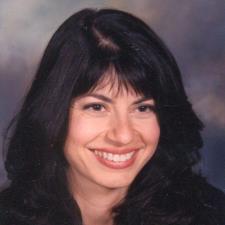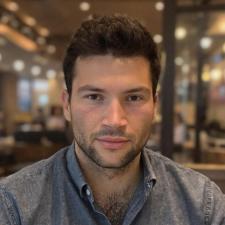
Katherine Y.
asked • 03/15/23Are Cultures Different Only in Their Details? English 10
Write an essay that answers the following question: Are cultures different only in their details? Discuss the assumptions about men and women, class status, religion, race, or the body that you encounter in one of the selections in this unit. You may include supporting details from the stories listed (Wanted: A Town Without a Crazy, From Behind the Veil, Five Hours to Simla, The Cabuliwallah, and Like the Sun). Additionally, you may include supporting details from the poem "Sweet Like a Crow" by Michael Ondaatje.
1 Expert Answer
KATE RENE A. answered • 03/26/23
From Dreamer to Achiever: Kate's Path to Success
The question of whether cultures differ only in their details is a complex one. On one hand, it could be argued that all cultures share some basic similarities, such as the need for social interaction, communication, and survival. On the other hand, cultures can differ greatly in their beliefs, values, and practices. These differences can manifest in a range of ways, including assumptions about men and women, class status, religion, race, or the body.
One selection from this unit that offers insights into these assumptions is "From Behind the Veil" by Dhu'l Nun Ayyoub. This story explores the experiences of a young Muslim woman who lives in a society that enforces strict gender norms and expectations. Throughout the story, the narrator reveals the assumptions that are made about women and their role in society.
One of the most significant assumptions in the story is the idea that women are inferior to men. This is evident in the way that the narrator's father treats her and her brother differently. While her brother is encouraged to pursue his education and ambitions, the narrator is expected to stay at home and take care of the family. This assumption is also reflected in the wider society, where women are expected to be subservient to men and to follow their orders.
Another assumption that is explored in the story is the idea of class status. The narrator's family is relatively wealthy and has access to resources and opportunities that are not available to everyone in their community. This privilege allows the family to send the narrator to school and to provide her with some degree of independence. However, the story also reveals how class status can be a source of tension and conflict, particularly when it comes to marriage. The narrator's father is determined to find a husband for her who is of a similar social class, which limits her options and makes it difficult for her to marry for love.
Religion is another important factor that shapes the assumptions and beliefs of the characters in the story. The narrator's family is devoutly Muslim, and this informs their attitudes towards a range of issues, including the role of women, relationships, and morality. The narrator herself struggles with her faith, feeling torn between her desire for freedom and her obligation to follow the strict rules and expectations of Islam.
Race is also a factor that shapes the assumptions and experiences of the characters in the story. The narrator lives in a community that is predominantly Arab, and this has a significant impact on her life. She is aware of the racism and prejudice that exists in her community towards non-Arabs, and this influences her own attitudes towards people of different races.
Finally, the body is an important site for the exploration of assumptions and beliefs in the story. The narrator is constantly aware of her body and the ways in which it is perceived by others. She is conscious of the ways in which her appearance, clothing, and behavior can attract unwanted attention and judgment. This reflects the wider societal expectations and assumptions about women's bodies and their role in society.
In conclusion, the story "From Behind the Veil" offers a nuanced exploration of the assumptions that shape cultures and societies. Through the experiences of the narrator, we see how beliefs about men and women, class status, religion, race, and the body can have a profound impact on individuals and communities. This suggests that cultures are not simply defined by their details, but by the complex interplay of beliefs, values, and practices that shape the lives of those within them. The poem "Sweet Like a Crow" by Michael Ondaatje also touches on these themes, exploring the ways in which identity, race, and culture intersect and shape our experiences. Together, these texts offer a powerful reminder of the diversity and complexity of human cultures and the importance of understanding and appreciating these differences.
Still looking for help? Get the right answer, fast.
Get a free answer to a quick problem.
Most questions answered within 4 hours.
OR
Choose an expert and meet online. No packages or subscriptions, pay only for the time you need.





Angelique C.
Please reach out to me--I can help you with this unit, Katherine.03/17/23